Art after Empire: From Colonialism to Globalisation
This book forms part of the series Art and its Global Histories published by Manchester University Press in association with The Open University. The books in the series are:
European Art and the Wider World 13501550, edited by Kathleen Christian and Leah R. Clark
Art, Commerce and Colonialism 16001800, edited by Emma Barker
Empire and Art: British India, edited by Renate Dohmen
Art after Empire: From Colonialism to Globalisation, edited by Warren Carter
Art and its Global Histories: A Reader, edited by Diana Newall
Art after Empire: From Colonialism to Globalisation
Edited by Warren Carter

Published by Manchester University Press
Altrincham Street, Manchester M1 7JA
www.manchesteruniversitypress.co.uk
in association with
The Open University, Walton Hall, Milton Keynes MK7 6AA
www.open.ac.uk
First published 2018
Copyright 2018 The Open University
All rights reserved. No part of this publication may be reproduced, stored in a retrieval system, transmitted or utilised in any form or by any means, electronic, mechanical, photocopying, recording or otherwise, without written permission from the publisher or a licence from the Copyright Licensing Agency Ltd. Details of such licences (for reprographic reproduction) may be obtained from the Copyright Licensing Agency Ltd, Barnards Inn, 86 Fetter Lane, London, EC4A 1EN (website www.cla.co.uk).
This publication forms part of the Open University module Art and its global histories (A344). Details of this and other Open University modules can be obtained from Student Recruitment, The Open University, PO Box 197, Milton Keynes MK7 6BJ, United Kingdom (tel. +44 (0)300 303 5303; email ).
Edited and designed by The Open University
Typeset by The Open University
British Library Cataloguing-in-Publication Data
A catalogue record for this book is available from the British Library
Library of Congress Cataloging-in-Publication Data applied for
ISBN 978 1 5261 2296 4 (paperback)
ISBN 978 1 5261 2297 1 (ebook)
The publisher has no responsibility for the persistence or accuracy of URLs for any external or third-party internet websites referred to in this book, and does not guarantee that any content on such websites is, or will remain, accurate or appropriate.
Contents
This is the fourth of four books in the series Art and its Global Histories, which together form the main texts of an Open University Level 3 module of the same name. Each book is also designed to be read independently by the general reader. The series as a whole offers an accessible introduction to the ways in which the history of Western art from the fourteenth century to the present day has been bound up with cross-cultural exchanges and global forces.
Each book in the series explores a distinct period of this long history, apart from the third, which focuses on the art and visual culture of the British Empire, with particular reference to India. The present book, Art after Empire: from Colonialism to Globalisation, looks at particular moments in artistic production from the early twentieth century to the present through the shift from imperialism to the contemporary period of globalisation.
All of the books in the series include teaching elements. To encourage the reader to reflect on the material presented, each chapter contains short exercises in the form of questions printed in bold type. They are followed by discursive sections, the end of which is marked by  .
.
The four books in the series are:
European Art and the Wider World 13501550, edited by Kathleen Christian and Leah R. Clark
Art, Commerce and Colonialism 16001800, edited by Emma Barker
Empire and Art: British India, edited by Renate Dohmen
Art after Empire: From Colonialism to Globalisation, edited by Warren Carter.
There is also a companion reader:
Art and its Global Histories: A Reader, edited by Diana Newall.
This book explores the history of art from the early twentieth century to the early twenty-first with reference to the changing relationship between the West and the rest of the world. It seeks to challenge conventional histories of modern art centred on developments in western Europe and the United States, not simply by expanding the focus to include the work of artists from Asia, Africa and Latin America but also, more fundamentally, by considering how art and its institutions have been shaped by the asymmetric power relations that have existed between the West and its former colonies. Such a vast topic obviously cannot be dealt with comprehensively within the limits of a short book. Its four chapters therefore function as case studies, each addressing a different aspect of the way that modern and contemporary art has been inflected by this changing and uneven relationship, beginning with the age of imperialism, extending through the process of decolonisation and culminating in the current era of so-called globalisation.
analyses another counterpoint to the dominant model of Western modernist art in the form of Mexican mural painting of the 1920s and 30s. The key figures here are the artists Diego Rivera, Jos Clemente Orozco and David Alfaro Siqueiros, all of whom worked both in Mexico and, later, in the United States. In this case it is argued that the usual flow of traffic from the Third World to the First was momentarily reversed as Mexican artists appropriated devices from modern European art, which they incorporated into their own monumental public wall paintings.
The second half of the book moves into the period after the Second World War. addresses another artistic form that has come to prominence since the 1970s, a range of practices dependent on lens-based media, focusing on works that address international borders. These works thereby highlight the way that territorial boundaries restrict the movement of the majority of the worlds population, in contrast to the virtually untrammelled mobility enjoyed by the typical participant in the international biennial circuit, which is often held to be symptomatic of the contemporary globalised present.
This introduction will set out some of the key historical, theoretical and political issues that cut across the four chapters of the book. The main emphasis here will therefore be on the debates that underpin modern and contemporary art rather than on artistic practice per se. To start with, however, it is useful to consider an art exhibition and a piece of public sculpture dating from the early years of the present century. The exhibition was held at Tate Modern, which opened in 2000 as the first museum in London devoted to modern and contemporary art, while the public sculpture was part of the series of temporary displays on the empty fourth plinth in Londons Trafalgar Square, which started in 1999. Both the success of Tate Modern and the high-profile commissions for the fourth plinth have helped establish London as an international centre for contemporary art, in marked contrast to its previously somewhat provincial status relative to Paris and New York. These two examples serve to highlight the categories of globalisation and post-colonialism that are among the most important concepts for understanding artistic production since the 1980s. In order to properly understand what they mean, however, it is necessary to take a longer view. The discussion of the exhibition and the public sculpture will therefore be followed by an examination of the linked processes of decolonisation, globalisation and post-colonialism. The introduction will end by returning to the here and now by considering the effects that debates on globalisation have had on both the discipline of art history and the contemporary art world.

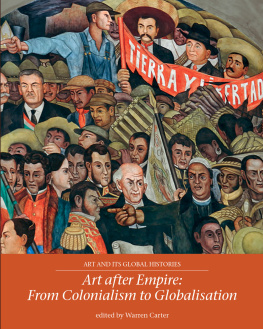
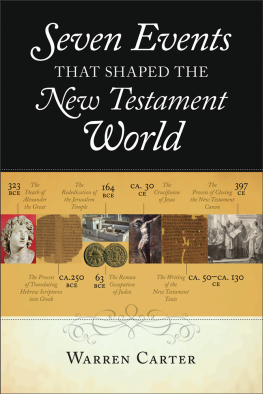

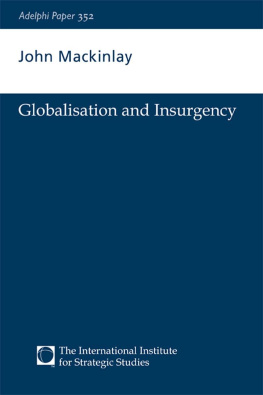
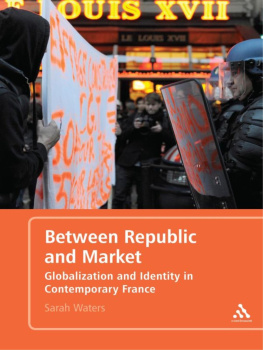
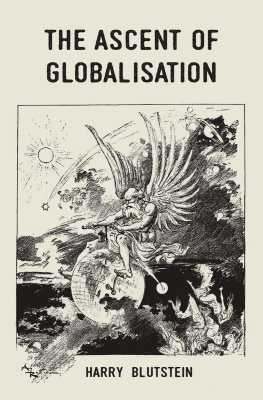
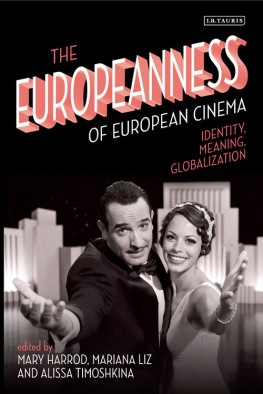
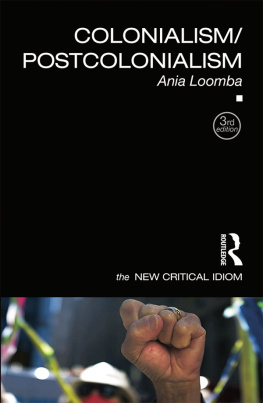
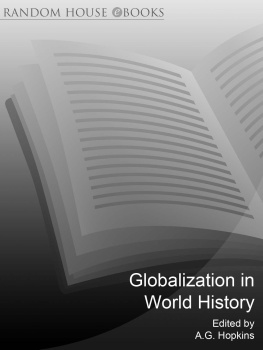


 .
.